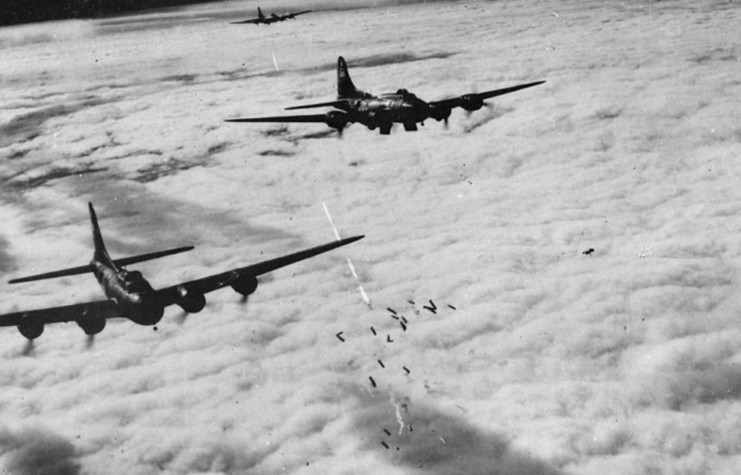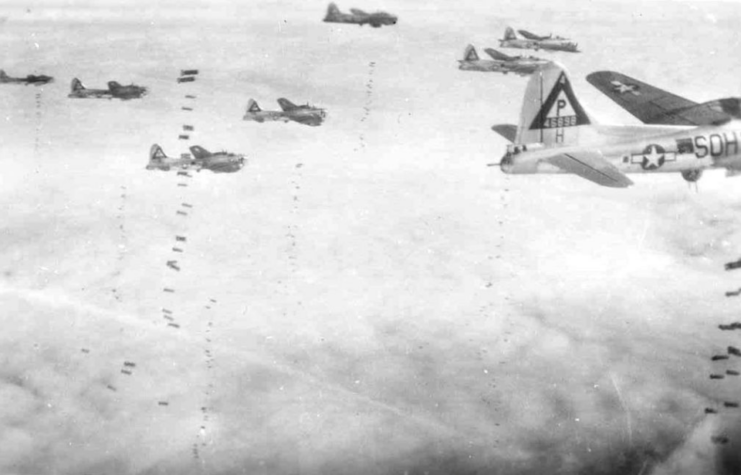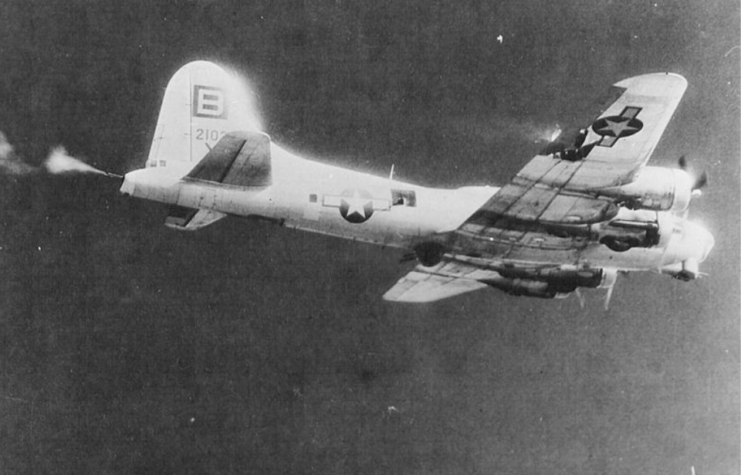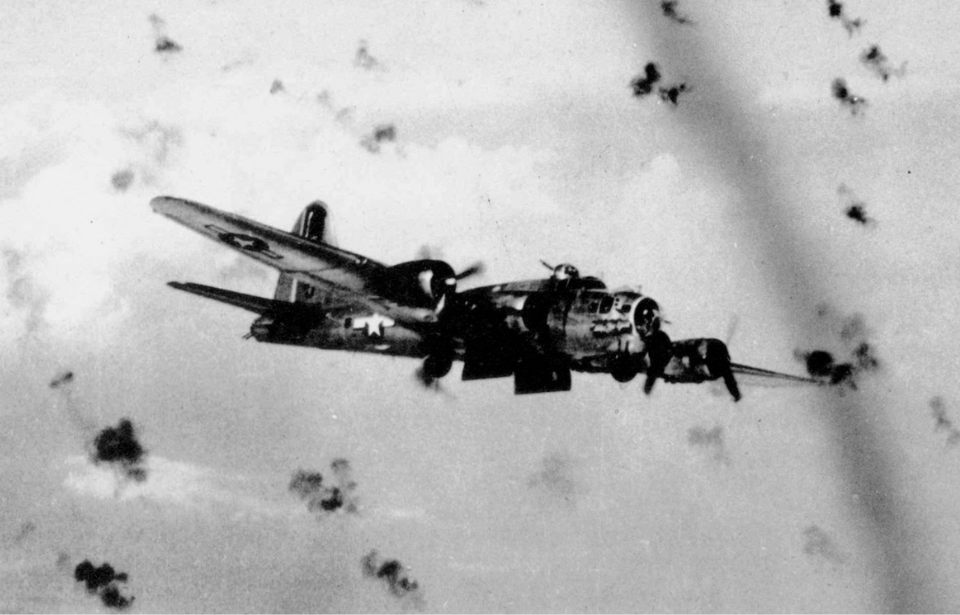On November 29, 1943, tail gunner Eugene Paul Moran survived what could have been a horrific crash aboard a Boeing B-17 Flying Fortress. While on a bombing run over Germany, his aircraft was shot at and broke in two. Normally, there’d be no survivors to speak of, certainly not the tail gunner. However, Moran survived the incident, against all odds. This is the truly unbelievable true story of how your average tail gunner survived being shot down by the enemy.
Eugene Moran enters the fight

Eugene Moran was born on July 17, 1924 in Wisconsin, and was working on his family’s farm near Soldiers Grove at the outbreak of World War II. He enlisted in the US Army Air Forces (USAAF) following the Japanese attack on Pearl Harbor, which acted as the impetus to serve his country, instead of shoveling horse manure.
Like so many others, Moran had just turned 18 upon his enlistment in October 1942. Following training, he was assigned to the 96th Bombardment Group, 339th Bombardment Squadron, Eighth Air Force.
Now in the fight, Moran became a tail gunner aboard a B-17 Flying Fortress, nicknamed “Rikki Tikki Tavi” after the mongoose in the Rudyard Kipling novel, The Jungle Book. He, along with nine other crewmen, were stationed at RAF Snetterton Heath, flying daytime bombing runs over Germany.
Moran and the rest of Rikki Tikki Tavi‘s crew had only completed four missions when disaster struck.
Disaster strikes the Boeing B-17 Flying Fortress Rikki Tikki Tavi

On November 29, 1943, Rikki Tikki Tavi was joined by other B-17s of the Eighth Air Force, en route to Bremen, Germany. After successfully dropping their payload over the city, Rikki Tikki Tavi fell behind the other bombers and became the singular target for the German defenses.
The B-17 was hit from the air and ground. Eight crewmen were killed, leaving Eugene Moran and the bomber’s navigator as the only ones still alive. The latter, located in the forward section of the aircraft, successfully bailed out. Moran, on the other hand, was stuck in the tail.
As if that wasn’t bad enough, things were about to get even worse. Before he could do anything, German flak successfully hit Rikki Tikki Tavi, ripping it apart. The tail section, from just in front of the vertical and horizontal stabilizers, remained intact. Moran, in a desperate attempt to survive, tried to open a hatch to bail out; however, it wouldn’t open.
Luckily, the tail section hadn’t been forced downward as violently as the rest of the B-17. Staying relatively upright, Rikki Tikki Tavi’s tail acted as a glider.
Eugene Moran fought until the very end

For most people, survival would have been their first priority. With that out of his hands, Eugene Moran continued to fight until he reached the ground. He fired his two M2 Browning machine guns at the Luftwaffe-flown Messerschmitt Bf-109s that continued to attack him. Seeing a seemingly unknown aircraft above, the German flack batteries also continued firing at Moran.
A few moments later, the tail section of Rikki Tikki Tavi glided down to earth, stopping abruptly when it flew into a tree. Moran was alive, but badly injured. He was bloodied and had a cracked skull from when his head was thrown against his machine guns upon impact. He’d also sustained broken ribs and forearms. Moran was attended to by two Serbian prisoners of war (POW), who were doctors. They’d seen the crash and rushed to help.
Luckily, the American tail gunner went on to make a full recovery. That being said, he wasn’t out of the woods. Over the course of 17-18 months, Moran was moved to different POW camps in Germany, Russia and Poland, and also survived a 600-mile march between February and April 1945.
More from us: Convair XFY Pogo: The Tail Sitter That Looked Like a Mallard Duck
On April 26, 1945, Moran, weighing only 128 pounds, was liberated by his fellow Americans in Bitterfeld, Germany. Upon his return to the United States, he was awarded two Purple Hearts, the Air Medal with Gold Leaf Cluster, the Good Conduct Medal and the European Theater Award.
